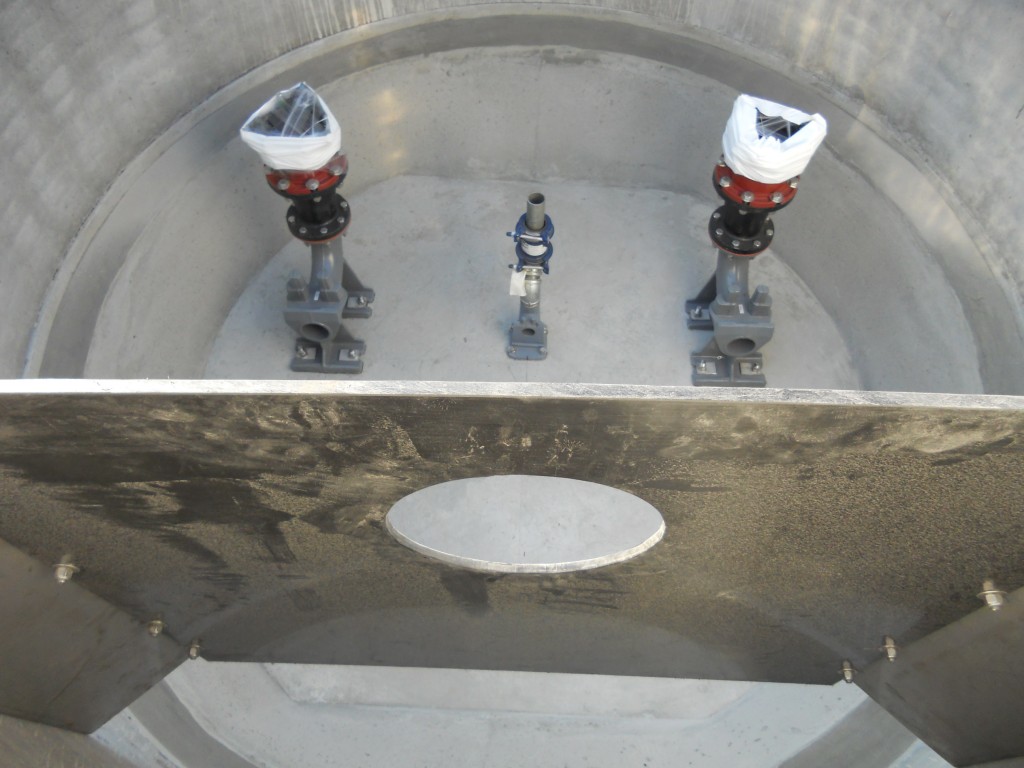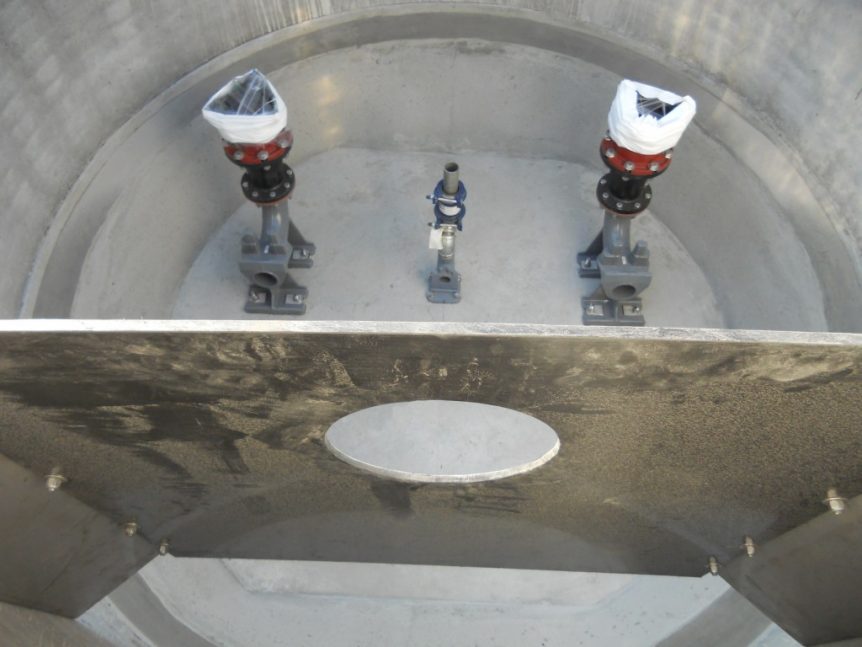
Last week, a stormwater pump station for Dow Chemical Corporation was discussed in terms of integrating into an existing stormwater system. Today in part five of the industrial stormwater blog series, we’ll look at a deeper level of stormwater pump station integration for an expansion to the Valero St. Charles Refinery. Romtec Utilities collaborated with Praxair, Inc. and S & B Engineers and Constructors to design this combination stormwater and process water pump station.
Praxair is primarily a manufacturer of industrial gases. Contracting with Valero Energy Corporation, Praxair agreed to expand Valero’s St. Charles Refinery with a large hydrogen manufacturing plant. Hydrogen is used in refineries to produce “green” diesel. An important aspect of new industrial construction is creating a stormwater plan. Praxair, S & B, and Romtec Utilities designed an efficient and economical solution to integrate stormwater and process water into a single packaged pump station system.
To start, the pump station would need to handle a constant low flow of process water. This water is a byproduct of the manufacturing process that needs to be treated before it can be discharged or reused. Next, the pump station would need to handle a much larger flow of process water that would inflow from a “dump” of another manufacturing process. Finally, the station needed to handle stormwater events that would drain into the pump station.
In order to meet the criteria for the pump station, a triplex pump configuration was designed with one pump substantially smaller than the other two. Typically, engineers refer to this smaller pump as a “jockey” pump. In this pump station, the jockey pump never stops working unless a specified low level is detected. The constant small inflow of process water is continually pumped to the refinery’s on-site treatment facility.
When the “dumps” of process water occur or when there is a stormwater event, water in the wet well quickly overcomes the jockey pump’s capability. This will prompt one of the larger pumps to start. The second large pump starts if the water level rises to a specified high level. As the large pumps discharge the high inflows, the jockey pump maintains operation, and when the water level reaches a specified low level, the large pumps stop.
Each pump responds to specified levels of water in the wet well to meet the varying inflow rates. Additionally, the large pumps alternate between starts to balance their operation time, wear, and life cycle. Romtec designed this pump station with submersible pumps to meet the customer’s specifications. This system is a terrific example of how expert engineering can place a stormwater pump station within the context of an industrial facility to meet multiple goals.
Next week, we will look at how very small changes in the pump station goals can result in large changes in engineering. We are heading 200 miles west along the Gulf Coast to Port Arthur, Texas for another Praxair construction project.

